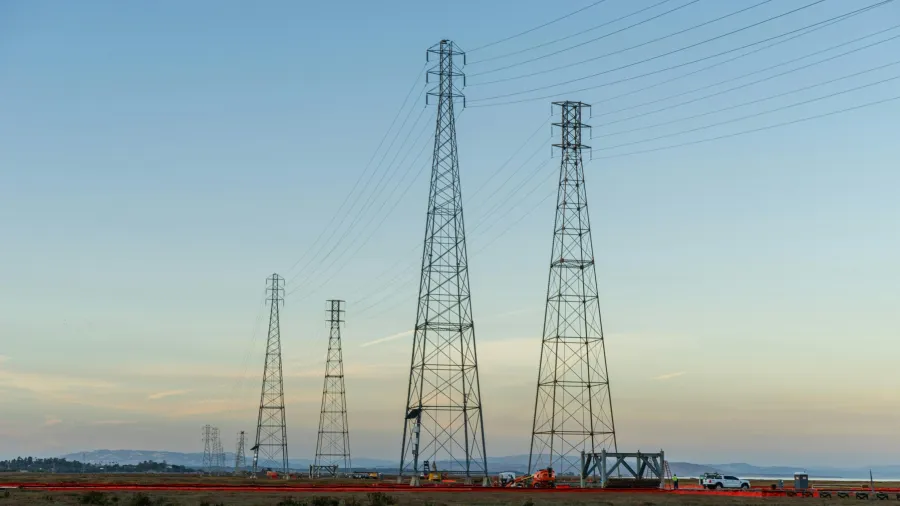
Energy storage, grids key to achieving 2030 energy goals
Around 1,200 GW of battery storage is needed by 2030.
The International Energy Agency (IEA) has laid out five opportunities for COP29, which includes expanding energy storage and electricity grid to achieve the global goal of tripling renewable energy capacity by 2030.
According to IEA, reaching the goal requires global energy storage capacity to increase to 1,500 gigawatts (GW) by 2030, including 1,200 GW in battery storage which represents nearly a 15-fold increase from today.
There is also a need for faster permitting processes and building or upgrading of over 25 million kilometres (km) of electricity grids by 2030, with an additional 65 million km by 2040.
Another opportunity IEA cited was ensuring countries accelerate policy implementation.
“In 2024, the world is set to see only a weak improvement in energy intensity of about 1%, the same rate as in 2023 and half the rate seen in the 2010-2019 period,” the agency said.
“Speeding up progress requires an integrated policy approach across end-use sectors, and measures to scale up investment in energy efficiency and address shortages of skilled workers,” it added.
IEA also said it is important to maintain focus on cutting emissions from methane and fossil fuels which will need clear policies.
The world should also assist developing countries by implementing initiatives that will boost renewable energy investments. This will require tripling in annual concessional funding to $115b by 2030.
IEA also highlighted the importance of the next round of Nationally Determined Contributions (NDC) in 2025, which should be informed by the Global Stocktake (GST) outcomes.
“This call can put NDCs on course to reach the 1.5°C temperature goal, and would allow deep, rapid and sustained reductions in global greenhouse gas emissions of 43% by 2030 and 60% by 2035 relative to the 2019 level and reaching net zero carbon dioxide emissions by 2050,” IEA said. “Failure to heed this call may risk derailing global efforts to keep 1.5°C within reach.”

















 Advertise
Advertise







